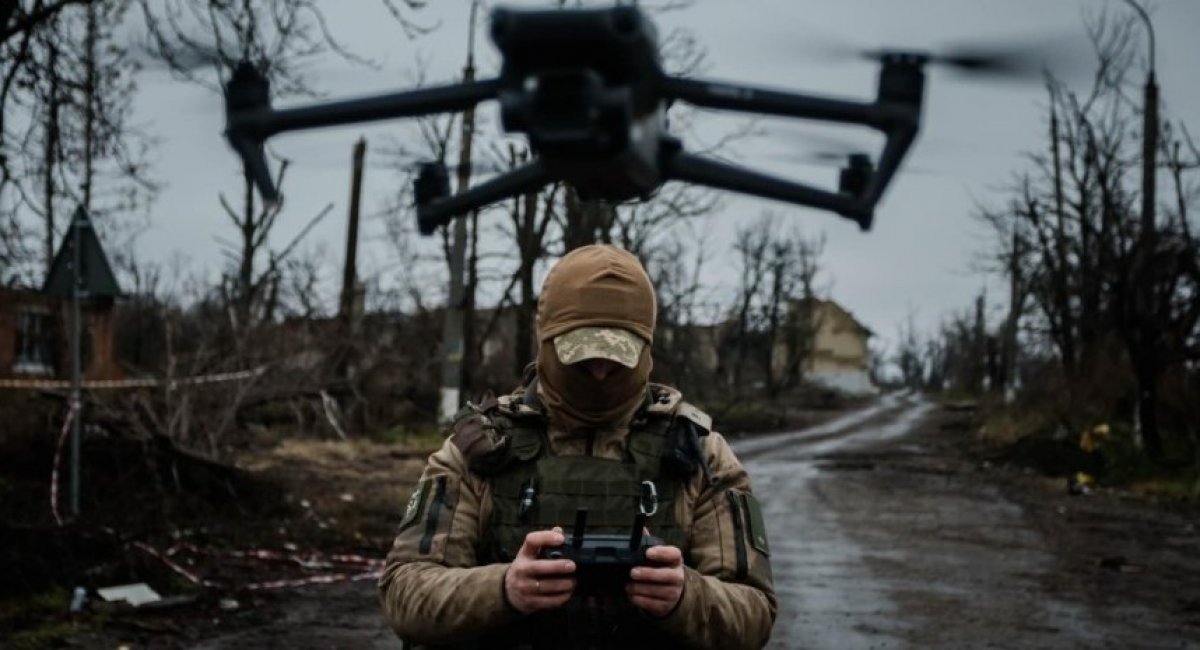The mass of data obtained through geolocated open source videos indicates a trend: between February and September 2023, the Ukrainian Defense Forces have multiplied the amount of suicide FPV drones used against russian invasion army and, accordingly, the number of successful hits.
In contrast, with the same criteria applied to the russian side, it turns out that russians use the same FPV drones several times less frequently than Ukrainian forces, as follows from the infographics published by OSINT-analyst nicknamed David, a volunteer at GeoConfirmed.
Read more: Russia Offers Reverse Engineering Education Using Ukrainian UAV

Diving into specific numbers, the infographic above says there were around 10 confirmed FPV drone strikes on Ukrainian battlefields in February 2023. Rising in progression, the number of overall strikes grew up to over 150 in June and more than 300 in September, with the amount of footage showing Ukrainian strikes outnumbering russian roughly threefold.
At the same time, analyst David provides data that basically says explosive FPV drones constitute about 20 to 25% of all known instances of UAVs used in the battles against russians; another 10% is the times Ukrainians deployed UAVs with droppable munitions attached to damage or finish off russian military equipment or personnel.

Once again, the data is based on the videos published online, and the analyst notes that "we should be careful not to draw too hasty a conclusion. <…> Still, there’s definitely some signal in the noise here."
On the part of Defense Express, we should also point out the reports about russians consistently trying to ramp up their own production of FPV drones which is one more reason to be doubtful about these statistics.
Here's a hypothesis: quite possibly, the russians use the same tactics for FPV drones' application as they made up for their Lancet loitering munitions. Namely, when the effect scaling is achieved by concentrating accordingly equipped units of army special forces or classic infantry in a specific area or segment of the frontline.
Earlier Defense Express covered in detail how difficult it is to learn FPV drone piloting and what place this peculiar weapon holds in military operations. We also compared them to modern loitering munition Switchblade 300 to find out pros and cons of both unmanned systems.

Read more: Mass Production of FPV-Drones is Apparently Takes Place in russia, and It's a Bad Sign














